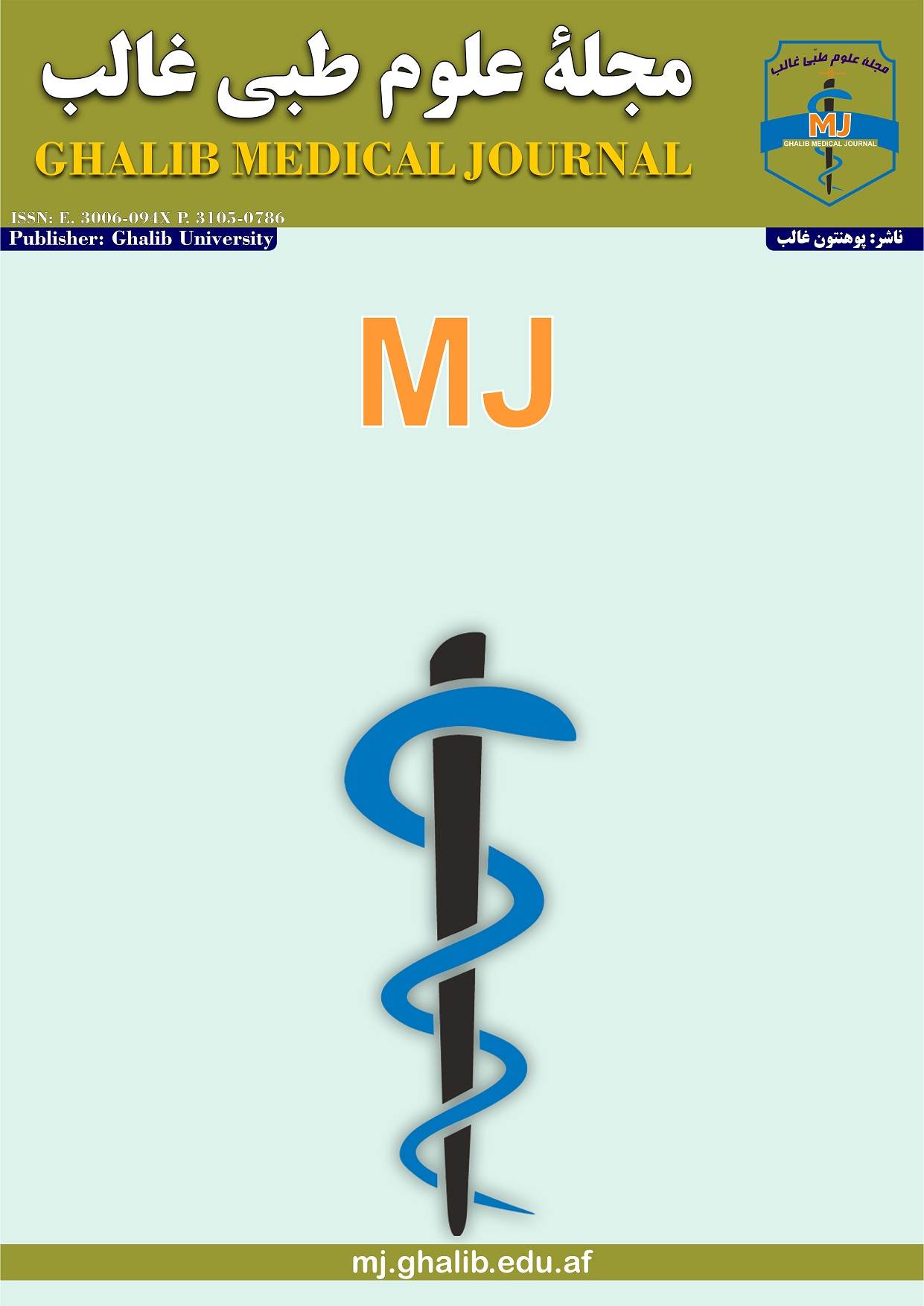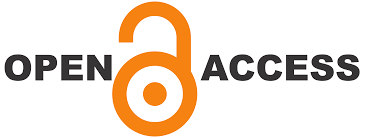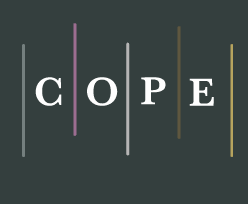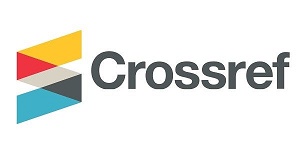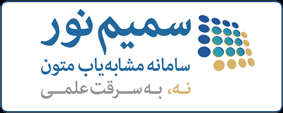AUTHORS GUIDELINES
About the Journal
The Ghalib International Journal of Medical Sciences (Ghalib MJ) is a peer-reviewed open-access scientific journal published by Ghalib University, Afghanistan.
The journal aims to promote the culture of research, dissemination, and public access to scientific findings in the field of medical sciences, thereby contributing to solving health-related challenges both in Afghanistan and globally.
Scope of the Journal:
Ghalib MJ publishes original research, review articles, case reports, and short communications in the following areas:
-
Public Health
-
Infectious Diseases
-
General Surgery
-
Dentistry and Oral Health
Article Submission Requirements
-
Originality: The submitted article must be original and not under consideration by any other journal.
-
Authorship: Articles by residents, PhD students, or recent graduates must be co-authored and supervised by a faculty member or PhD graduate, whose name appears as co-author.
-
Author Information: Full details of all authors must be provided, including:
-
Full Name
-
Academic Rank (Assistant Professor, Associate Professor, Professor, or equivalent)
-
University / Institution, Department, and Country
-
Institutional Email Address
-
ORCID or Researcher ID
-
-
Word Count:
-
Original Research Articles: 3000–4500 words
-
Review Articles: 2000–3000 words
-
Short Communications: 2000–3000 words
-
Case Reports: Maximum 2500 words
-
Letters to the Editor: Maximum 500 words
-
-
Ethical Compliance: The article must respect research ethics and cite all referenced ideas properly.
-
Similarity Check: All submissions are screened using Samim Noor's plagiarism detection software. Manuscripts with a similarity index above 20% are rejected.
-
Submission System: Manuscripts must be submitted exclusively through the online submission system: mj.ghalib.edu.af
Structure of the Manuscript
-
Title: Clear, concise, and descriptive.
-
Abstract:
-
Dari/Pashto Abstract: 200–250 words, structured into four parts: Background, Objectives, Methods, Results, Conclusion.
-
English Abstract: A precise translation of the Dari abstract with the same structure.
-
-
Keywords: 3–7 relevant keywords in both languages.
-
Introduction: Context, research problem, and significance.
-
Methods: Detailed description of research design, instruments, procedures, and statistical analysis.
-
Results: Clear presentation of findings (with tables/figures where necessary).
-
Discussion: Interpretation of results, comparison with existing literature, implications.
-
Conclusion & Recommendations: Summary of findings and practical recommendations.
-
Acknowledgments: Optional, to credit contributors and funding bodies.
-
References: Must follow the Vancouver Style.
Formatting Guidelines
-
Title: Font size 16, Bold (Titl font)
-
Subheadings: Font size 13, Bold (2 Mitra font)
-
Body Text: Font size 13 (2 Mitra), single spacing, A4 page, margins 2.5 cm on all sides
-
English Text: Times New Roman, Font size 10
-
Tables and Figures: Numbered sequentially, cited in the text, with captions
Referencing Style (Vancouver)
Examples:
-
Journal Article:
Rahmani Gh, Karimzadeh A, Sadid V. Family health and hygiene. Ghalib. 2022;12(1):107–128. -
Electronic Article:
Ghiyasi T. Cultural Diplomacy Tools in Afghanistan’s Foreign Policy. Ghalib [Internet]. 2023 Mar 9 [cited 2023 Jun 12];12(1):47–66. Available from: https://ghalibqjournal.com/index.php/ghalibqjournal/article/view/101 -
Books: Author(s). Title. Edition. Place: Publisher; Year.
Publication Ethics
Ghalib MJ adheres to the highest standards of publication ethics and follows COPE (Committee on Publication Ethics) guidelines.
-
Authors, reviewers, and editors must respect academic honesty and avoid plagiarism, data fabrication, and duplicate publication.
-
Conflicts of interest must be disclosed.
-
Authors are responsible for obtaining informed consent from participants when applicable.
Article Tracking
Authors can monitor the review process via their personal account on the journal’s online submission platform. Reviewer feedback is shared only with authors of manuscripts requiring revisions.
Confidentiality Statement
All author data is used exclusively for journal-related purposes and remains strictly confidential.
